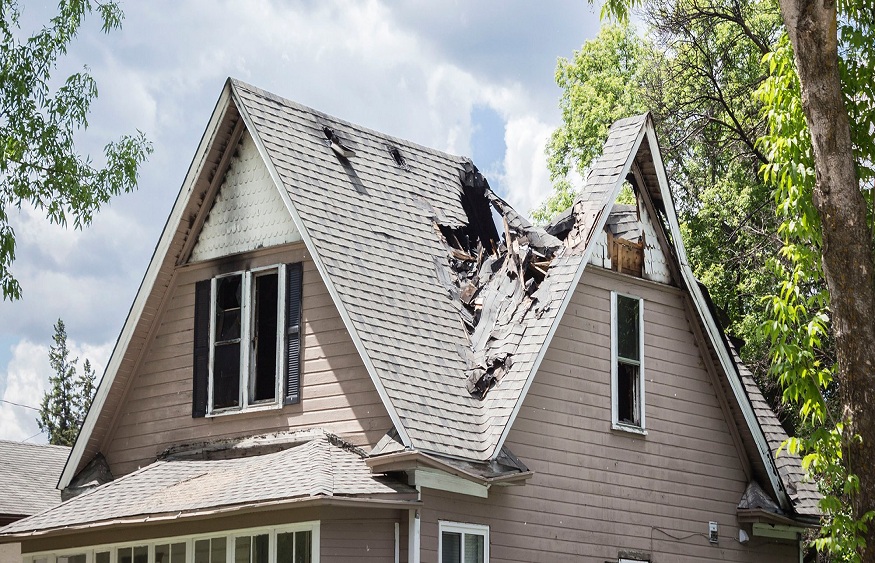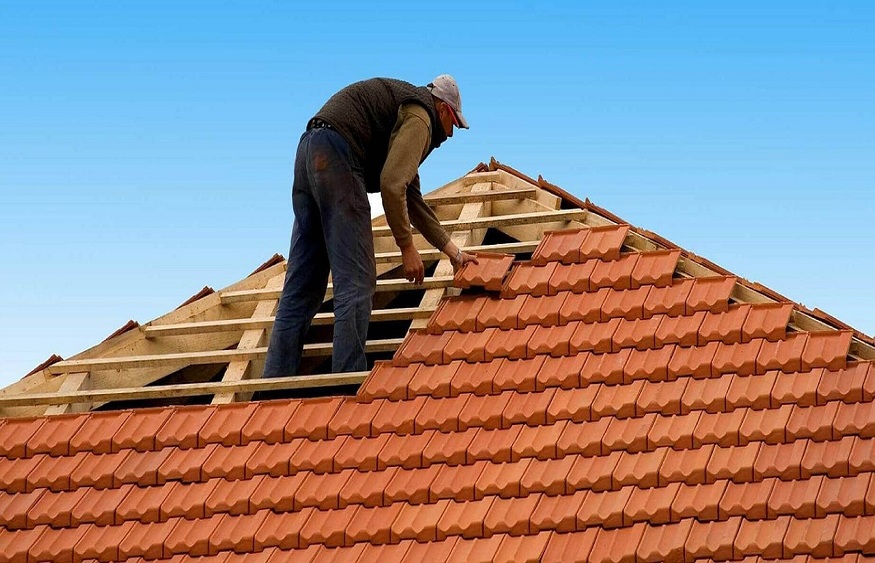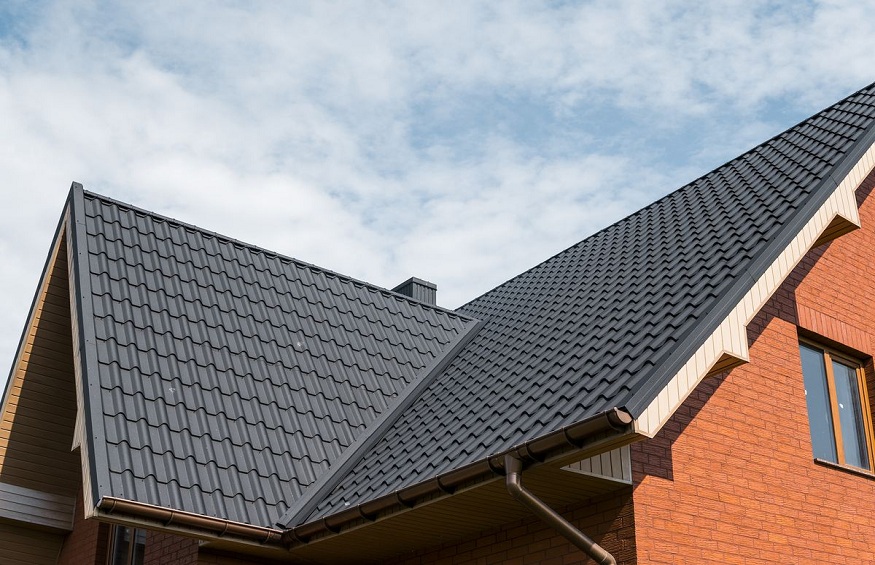Roofing in high-wind areas requires special considerations to ensure the safety and resilience of the structure. High winds can put significant strain on roofs, leading to damage or even complete failure if not properly addressed.
Ensuring the durability of your roof against extreme weather conditions like high winds is imperative. When seeking top-notch reroofing services in Santa Clarita, CA, it’s essential to prioritize materials and techniques that offer resilience. Opting for professional reroofing services in Van Nuys, CA guarantees expertise in installing roofing systems designed to withstand such turbulent weather. These solutions not only enhance safety but also contribute to the longevity of your roof in challenging environments.
Amidst the challenges of high-wind areas, choosing premium reroofing services in Los Angeles, CA becomes crucial. With reliable reroofing services in Pasadena, CA, homeowners can fortify their roofs against potential damage caused by strong winds.
In this blog post, we will discuss the impact of high winds on roofs, the appropriate materials for high-wind areas, installation techniques, reinforcing the roof structure, additional wind mitigation measures, maintenance and inspection, and preparation for storms and hurricanes.
Understanding High Winds and Their Impact on Roofs
High winds are a common occurrence in certain areas and can pose a significant threat to the stability of the roof. The force of the wind can cause uplift, which can lead to shingles or other roofing materials being torn off. Additionally, high winds can create pressure differentials that can cause water infiltration and further damage. Understanding how high winds impact roofs is crucial in selecting the right materials and implementing proper installation and reinforcement techniques to ensure the resilience of the roof.
Choosing the Right Materials for High-Wind Areas
When it comes to roofing in high-wind areas, selecting the right materials is paramount. There are several options available that can withstand the impact of high winds and provide adequate protection. These include:
Impact-Resistant Shingles
Impact-resistant shingles are designed to withstand strong winds and severe weather conditions. They are made from durable materials and have special features that help prevent damage from flying debris.
Metal Roofing
Metal roofing is highly resistant to high winds and can withstand extreme weather conditions. Metal roofs are durable, lightweight, and have a long lifespan, making them an excellent choice for high-wind areas.
Modified Bitumen Roofing
Modified bitumen roofing is a popular choice in high-wind areas due to its flexible and durable nature. It offers superior resistance to wind uplift and provides excellent protection against leaks.
Concrete Tiles
Concrete tiles are known for their strength and durability, making them suitable for high-wind areas. They are resistant to impact and can withstand strong winds without getting damaged.
Proper Fastening Techniques
In addition to choosing the right materials, proper fastening techniques are crucial for ensuring the stability of the roof in high-wind areas. Roofing professionals should follow manufacturer guidelines and local building codes to ensure that the roofing materials are securely fastened to the roof deck.
Ensuring Proper Installation Techniques
Proper installation techniques are essential for the longevity and resilience of a roof in high-wind areas. It is crucial to work with experienced roofing professionals who have expertise in installing roofs in high-wind zones. They will ensure that the materials are correctly installed, and all necessary precautions are taken to reinforce the roof against wind uplift.
Reinforcing the Roof Structure
In high-wind areas, reinforcing the roof structure is essential to withstand the forces exerted by strong winds. This may involve adding additional braces and supports to strengthen the roof’s framework. Reinforcing the roof structure provides added resistance to wind uplift and helps prevent partial or complete roof failure.
Incorporating Additional Wind Mitigation Measures
In addition to choosing the right materials and reinforcing the roof structure, incorporating additional wind mitigation measures can further enhance the resilience of the roof in high-wind areas. Some effective measures include:
Window and Door Protection
Installing impact-resistant windows and doors or using storm shutters can protect against wind-borne debris, preventing damage to both the interior and exterior of the property.
Hurricane Straps and Bracing
Using hurricane straps and bracing can improve the roof’s ability to withstand high winds by securely connecting the roof rafters to the supporting walls.
Roof Deck Reinforcement
Reinforcing the roof deck with additional layers of plywood or oriented strand board (OSB) can provide added strength and resistance to wind uplift.
Roof Sealant and Weatherproofing
Applying a high-quality roof sealant and weatherproofing membrane can help prevent water infiltration and potential damage caused by wind-driven rain.
Proper Ventilation and Drainage Systems
Maintaining proper ventilation and drainage systems is vital to prevent wind-driven rain from accumulating under the roof surface. Adequate ventilation also helps regulate the temperature and moisture levels in the attic, reducing the risk of mold and rot.
Maintaining and Inspecting the Roof for Wind Damage
Regular maintenance and inspections are crucial to identify any potential wind damage and address issues promptly. Homeowners should visually inspect their roofs after severe weather events and hire professionals for more thorough inspections. Prompt repairs and maintenance can prevent further damage and extend the lifespan of the roof.
Preparing for Storms and Hurricanes
Living in high-wind areas often means having to deal with storms and hurricanes. It is essential to be prepared for these events to minimize property damage and ensure personal safety. Some key preparation steps include:
Creating an Emergency Plan
Developing an emergency plan that includes evacuation routes, designated meeting points, and communication strategies is crucial in high-wind areas prone to storms and hurricanes.
Securing Loose Items
Securing loose items, such as lawn furniture, planters, and outdoor equipment, can help prevent these items from becoming dangerous projectiles during high winds.
Protecting Windows and Doors
Installing storm shutters, impact-resistant windows, or using plywood boards to cover windows and doors can help protect against wind-borne debris and prevent structural damage.
Trimming Trees Near the Roof
Regularly trimming trees near the roof can help prevent branches from falling onto the roof during high winds. It is essential to remove any weak or dead branches that could potentially cause damage.
Checking and Stocking Emergency Supplies
Regularly checking and restocking emergency supplies, such as food, water, flashlights, batteries, and a first aid kit, is essential to be prepared for any extended power outages or disruptions caused by high winds.
Working with Professionals in High-Wind Areas
To ensure the best outcomes and compliance with building codes and regulations in high-wind areas, it is crucial to work with experienced professionals with expertise in roofing in such environments. Licensed roofing contractors with a track record of successfully completing projects in high-wind zones will have the knowledge and skills to deliver a resilient and safe roofing solution. They can provide guidance on material selection, installation techniques, and necessary reinforcements specific to the location’s requirements.
By following these guidelines and working with professionals, homeowners in high-wind areas can protect their properties and ensure the safety and resilience of their roofs. Proper selection of materials, installation techniques, reinforcement measures, and maintenance can significantly reduce the risk of wind damage, providing peace of mind during severe weather events.




